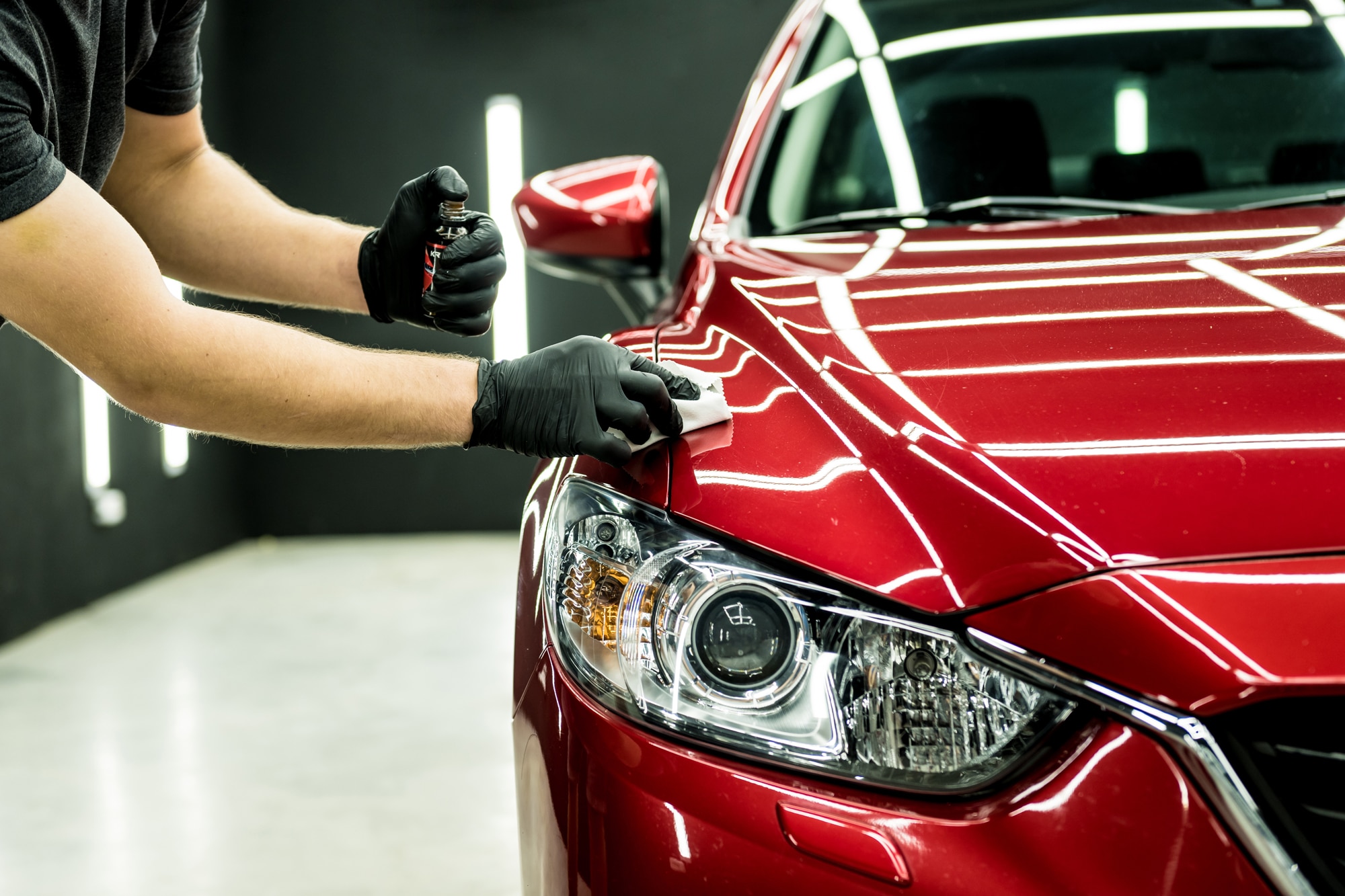Experience top-rated auto detailing for scratch removal.
Experience top-rated auto detailing for scratch removal.
Blog Article
A Comprehensive Guide to the Types of Ceramic Finish on the marketplace
Ceramic coverings have actually emerged as a pivotal solution throughout various markets because of their distinct properties and applications. From silica-based formulas understood for their toughness to crossbreed alternatives that merge several benefits, the options offered can be overwhelming. Understanding the subtleties of each kind, including their details benefits and suitable usage situations, is necessary for making informed choices. As we check out the distinctive features and applications of these coverings, the effects for efficiency and durability come to be increasingly obvious, increasing inquiries concerning which kind may finest suit your demands.
Understanding Ceramic Coatings
Ceramic coverings are advanced protective remedies that have actually gained appeal in different markets, specifically in automobile and aerospace applications. These finishes are composed of a liquid polymer that, when healed, creates a durable, hydrophobic layer externally of the substrate. This layer offers improved resistance to ecological impurities, UV radiation, and chemical exposure, consequently extending the life and aesthetic allure of the underlying material.
The fundamental element of ceramic finishes is silica, which adds to their firmness and toughness. The application process normally includes surface area prep work, application of the covering, and healing, which can be achieved with warmth or UV light. Once healed, ceramic finishings show extraordinary bonding homes, allowing them to adhere strongly to a selection of surfaces, consisting of metals, plastics, and glass.
In enhancement to their protective attributes, ceramic finishings additionally offer ease of upkeep. Their hydrophobic nature lowers the adherence of dust and gunk, making cleansing less complex and much less frequent. On the whole, the fostering of ceramic finishes stands for a considerable advancement in surface security innovation, providing both functional and visual benefits throughout numerous markets.
Kinds of Ceramic Coatings
Different kinds of ceramic layers are available, each made to meet certain performance requirements and applications - ceramic coating sarasota. One of the most usual kinds include:
Silica-based Coatings: These coverings primarily consist of silicon dioxide and are recognized for their longevity and chemical resistance. They are commonly made use of in vehicle and industrial applications.
Titanium Dioxide Coatings: Distinguished for their photocatalytic properties, titanium dioxide layers are commonly used in settings where self-cleaning and antifungal properties are desirable, such as in building materials and auto finishes.
Zirconia Coatings: Identified by their high-temperature stability and thermal resistance, zirconia coatings are utilized in applications such as generator engines and high-performance automobile parts.
Alumina Coatings: Showing superb hardness and thermal security, alumina finishings are often used in wear-resistant applications, including reducing tools and commercial machinery. - ceramic coating sarasota
Crossbreed Coatings: Combining the properties of different products, hybrid finishings provide enhanced performance attributes, making them appropriate for special and demanding applications.
Each type of ceramic coating offers distinctive purposes, enabling customers to pick the most proper service based upon particular ecological conditions and performance demands.
Benefits of Ceramic Coatings
Ceramic coatings, in particular, deal various benefits that make them progressively prominent among producers and customers alike. These layers are immune to scratches, chemicals, and UV rays, guaranteeing that the underlying surface continues to be safeguarded over time.
Along with sturdiness, ceramic layers offer exceptional hydrophobic buildings, enabling easy cleaning and upkeep. This water-repellent nature reduces the adherence of dirt, gunk, and other impurities, which can extend the visual allure and functionality of the surface area. Ceramic finishes can significantly enhance thermal resistance, making them optimal for applications that sustain high temperatures.

Application Process
When using ceramic important source layers, a precise method is necessary to accomplish optimum results. The application process typically starts with complete surface preparation. This includes washing, decontaminating, and brightening the surface area to get rid of all impurities, consisting of dirt, oil, and prior waxes or sealants. A clean surface guarantees correct adhesion of the finish.
When the surface is prepped, the next step is to use the ceramic finishing. This can be done utilizing an applicator pad or a microfiber cloth, making certain also protection. It is critical to operate in little sections to preserve control and protect against early healing. The finishing should be used in thin layers, as thicker applications can result in unequal finishes.
After application, the covering calls for a specific healing time, typically ranging from a few hours to a complete day, depending on the item. Complying with these steps diligently will take full advantage of the performance and durability of the ceramic layer, offering a resilient protective layer for the surface.
Maintenance and Durability
To make certain the long life and efficiency of a ceramic finishing, normal upkeep is vital. Ceramic coverings, understood for their sturdiness and safety top qualities, call for specific care routines to optimize their life expectancy and efficiency. The initial step in upkeep entails routine washing with pH-neutral soap, staying clear of rough chemicals that can deteriorate the layer. It is suggested to clean the vehicle frequently, preferably every two weeks, to avoid the accumulation of contaminants that can jeopardize the layer's stability.
Along with regular washing, regular inspections are essential. Look for indicators of wear or damage, read here such as hydrophobic residential or commercial properties diminishing or surface imperfections. If needed, a light polish may be used to renew the coating without removing it away.
Moreover, the application of a booster spray can boost the finish's hydrophobic effects and restore its gloss. This is particularly helpful for coverings that have been in usage for an extensive duration. Eventually, by adhering to these maintenance techniques, one can significantly prolong the life of a ceramic layer, making certain that it continues to More Info supply optimum protection against ecological factors and maintain the visual allure of the vehicle.
Final thought

Report this page